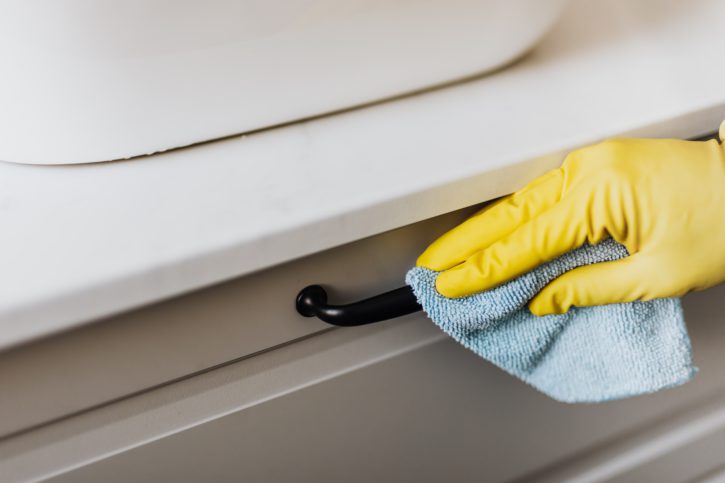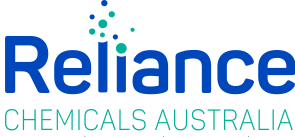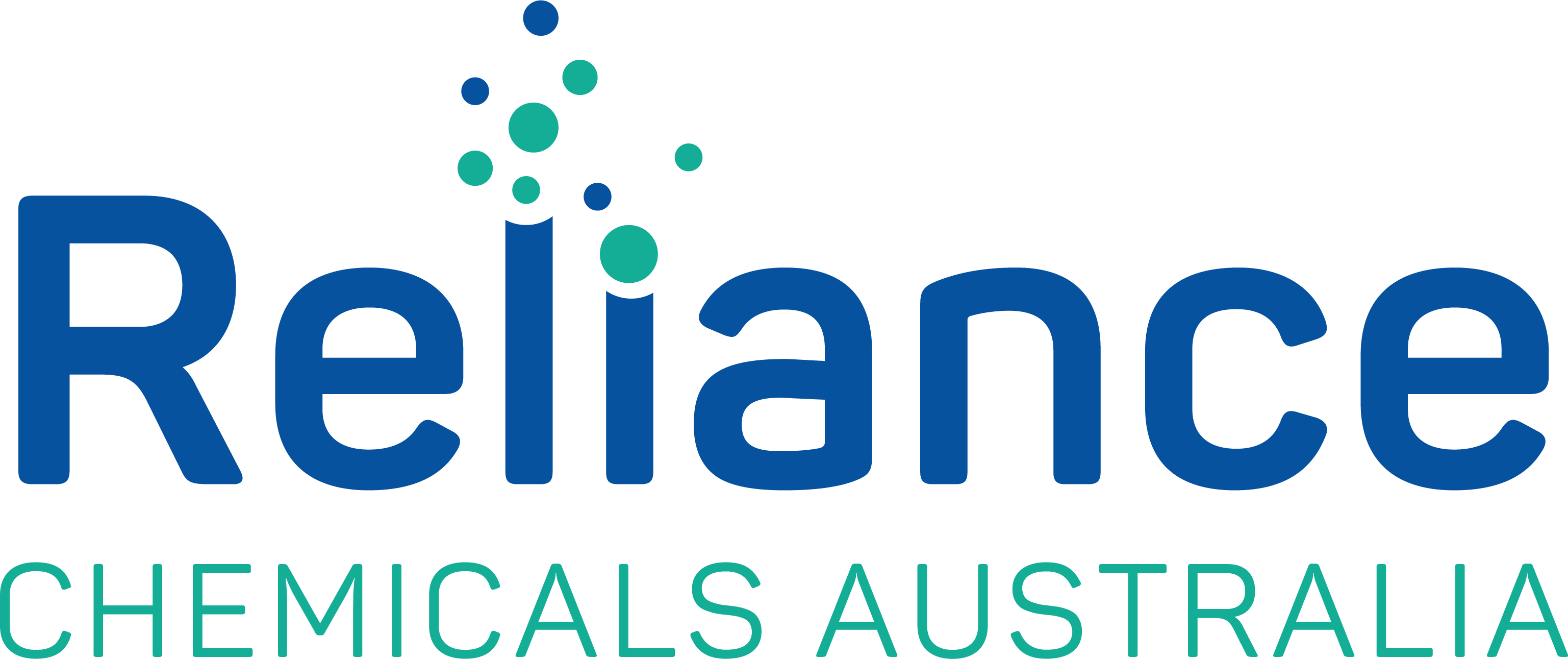Highest quality hygiene and cleaning chemicals

Degreasers are cleaning solutions mainly used to remove contaminants like grease, oil, fingerprints, handling soils, and more. They are especially common in various applications, including assemblies, motor repair, and metal fabrication. The main objective is to thoroughly rid of the contamination with minimal wiping or scrubbing.
Degreasing can be performed using two methods, which the experts at Reliance Chemicals will tell you all about in this article:
Depending on the use, one process may be better than the other. This is why you must better understand how each one works to help you make the right decision.
When you are to remove grease or oil from certain parts at a workstation or a benchtop, for instance, manual cleaning will be more appropriate, though they are more labour-intensive. They are also not repeatable because you’ll get varying results, depending on who does the job. Here are several manual methods to consider:
Some applications require repetitions with minimal variabilities, like manufacturing or stamping and even aerospace and medical uses. For such higher volume or more critical applications, automated methods are more suitable. Take note of the following details:
The degreasing method that’s best for you is not always the most sophisticated method but the one that delivers exactly what you need. If your needs are more simple or occasional, then one of the manual methods will suit you. However, if you need repetitive degreasing that delivers the same results or if the application is more complex, then an automated process might be the better option for you.
To that end, whichever method you choose, you will need the best engine degreaser that you can find to remove grease, oil, stains, dirt, and other contaminants.
Reliance Chemicals can provide you with the best degreaser for your aeronautic, automotive, industrial, or medical applications. Contact us today to learn more about our top-notch products!

